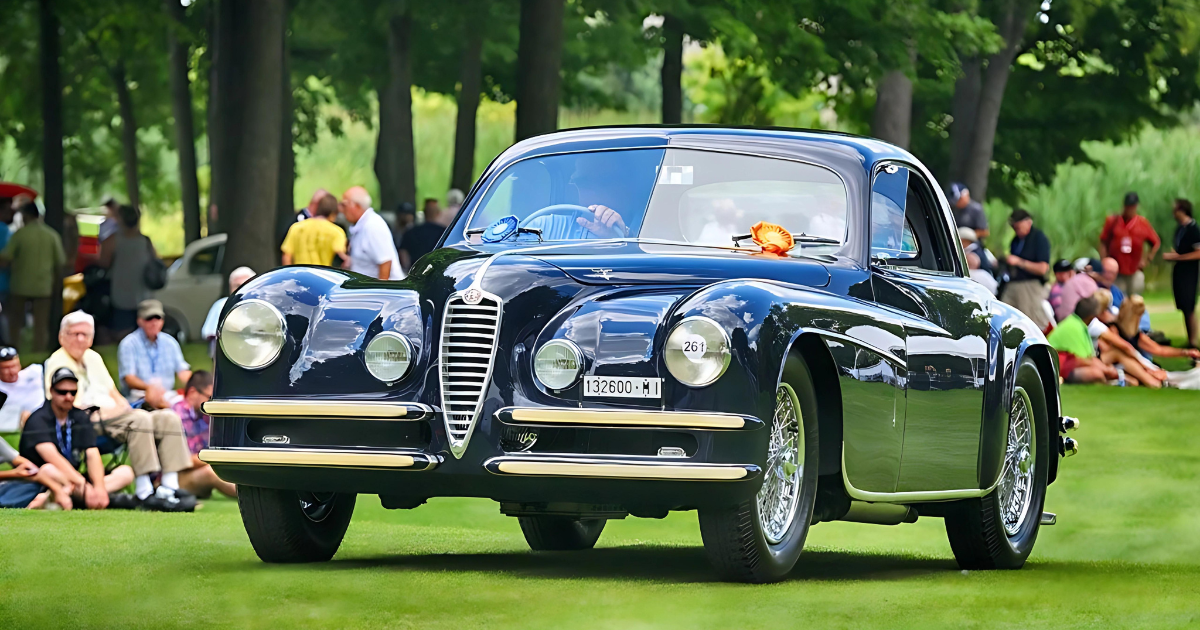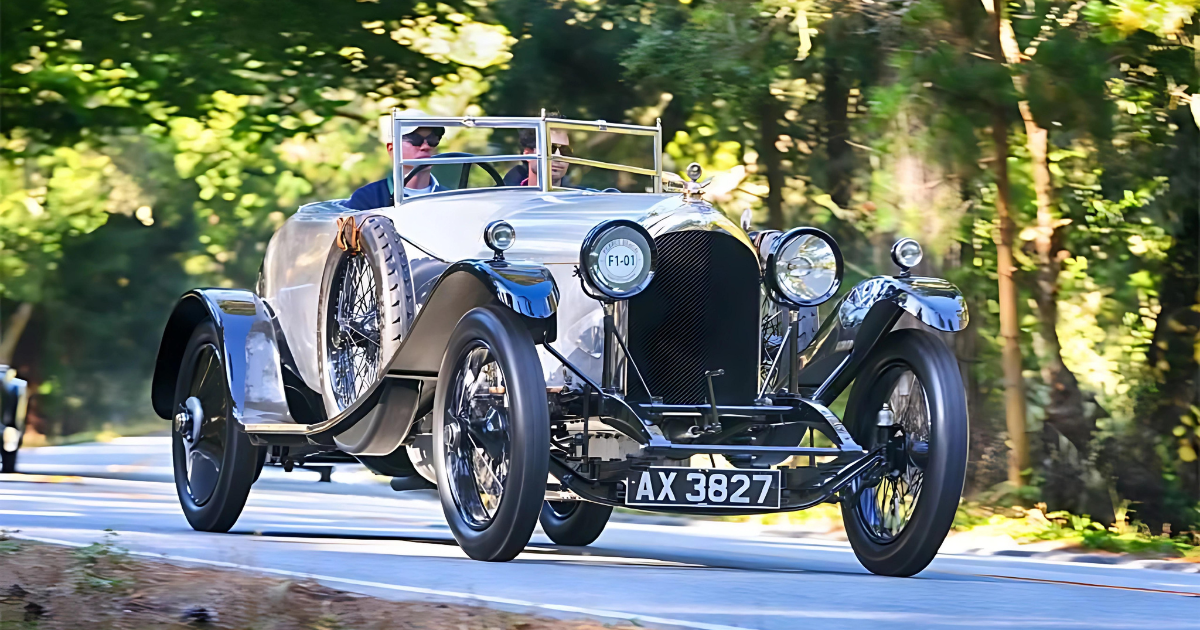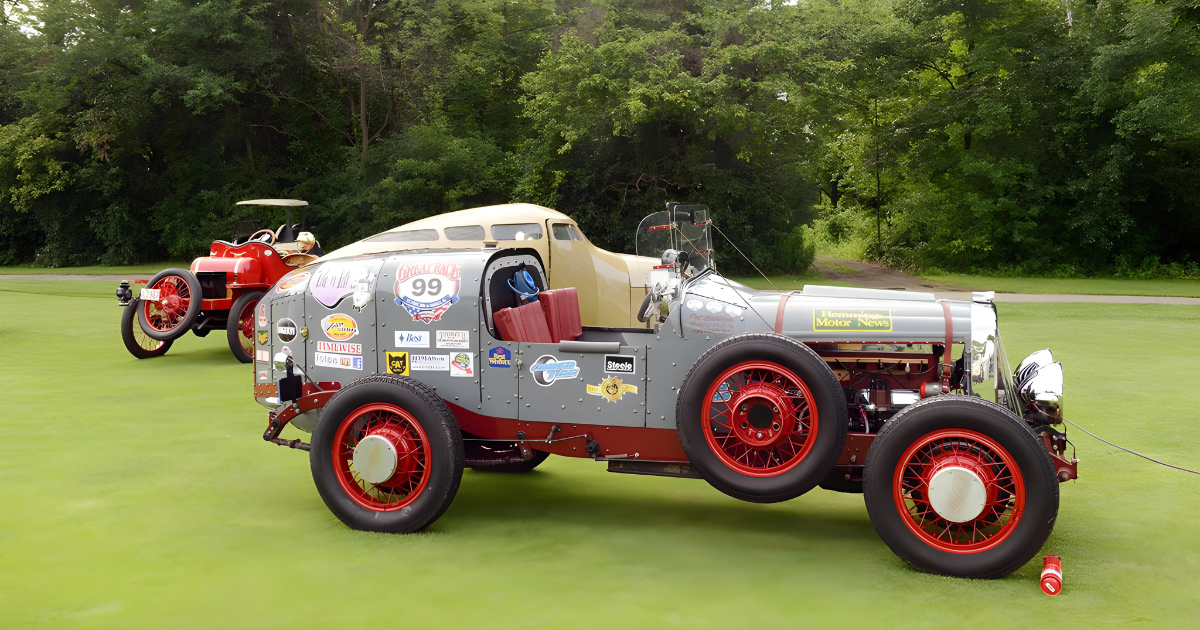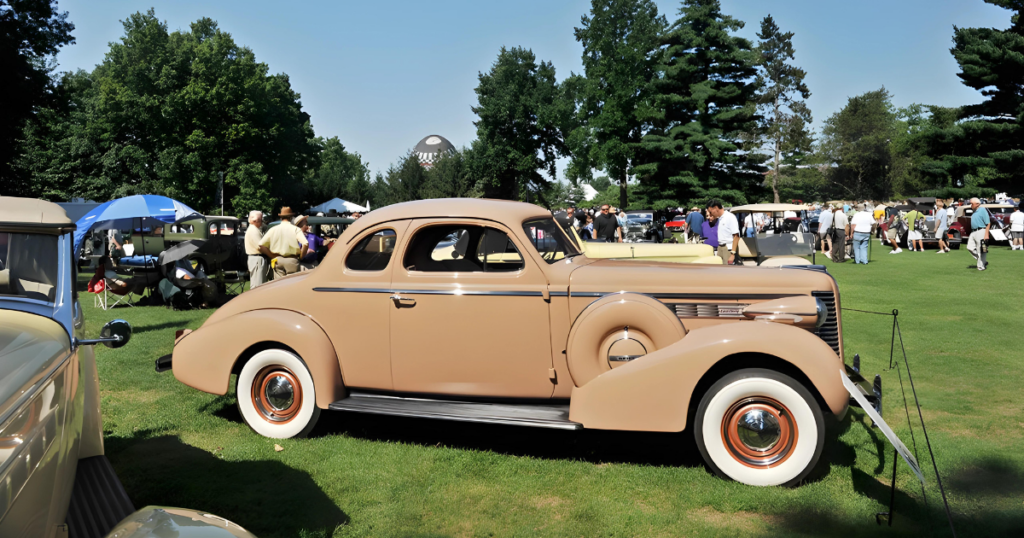
During the 1930s, amidst the tumultuous era of the Great Depression, Buick, a division of General Motors, not only survived but thrived under the leadership of Harlow “Red” Curtice. This period marked a significant turnaround for Buick, which had faced considerable challenges in the preceding decades.
Buick’s journey through the 1920s and early 1930s was rocky. The brand, once a formidable player in the automotive market, struggled with declining sales and financial instability. The onset of the Great Depression exacerbated these issues across the entire automotive industry, as consumer spending plummeted and economic uncertainty gripped the nation.
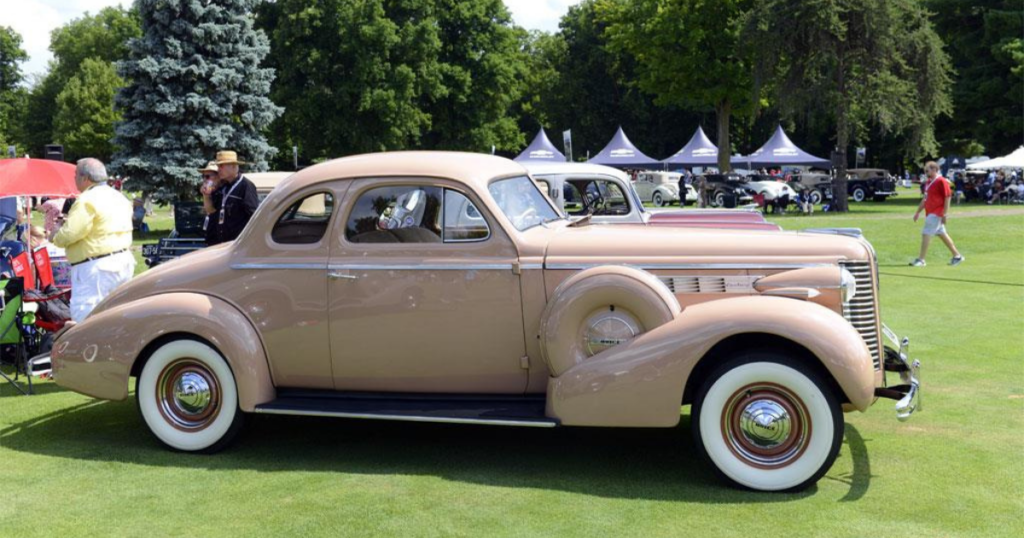
In response to the economic downturn, General Motors implemented a strategic consolidation initiative known as the “Bo-peep” program. This initiative aimed to streamline operations and cut costs by consolidating sales and manufacturing efforts among its Buick, Oldsmobile, and Pontiac divisions. By reducing the number of exclusive Buick dealerships from 2,600 in 1927 to a mere 67 by 1934, General Motors sought to strengthen the brand’s market position and improve operational efficiency during these challenging times.
Harlow “Red” Curtice assumed leadership of Buick in 1933, a pivotal moment for the division. Under his presidency, Buick underwent a remarkable revitalization. Curtice’s strategic vision and leadership steered Buick towards recovery and growth, despite the economic hardships faced by many other automakers. By 1938, Buick had achieved a notable market share of 8.8%, a testament to the effectiveness of Curtice’s revitalization efforts.
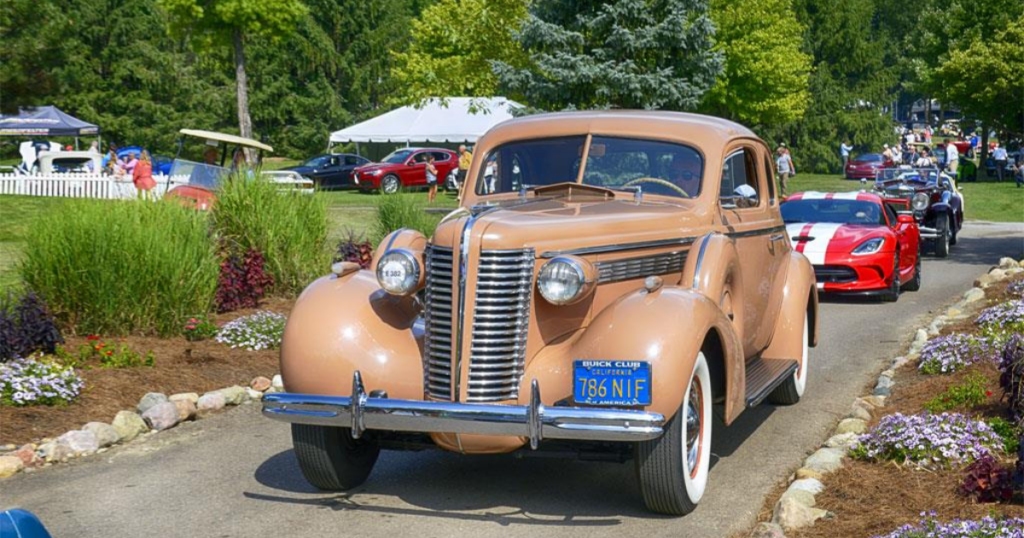
One of the standout achievements during this period was the introduction of the Buick Century. Positioned as a high-performance model, the Buick Century combined Buick’s robust 320 cubic-inch engine, initially used in the Roadmaster, with the lighter Chevrolet-bodied Special. This combination resulted in the Century’s capability to reach speeds of 100 mph, hence its name. The Century was not only a marketing success but also performed exceptionally well on early racing circuits, bolstering Buick’s reputation for engineering excellence and performance.
Technological advancements also marked Buick’s resurgence. Innovations like “turbulator” pistons, which increased the compression ratio and horsepower output to 141, showcased Buick’s commitment to engineering innovation. Additionally, Buick introduced an industry-first X-member frame design and incorporated coil springs at all four wheels, setting new standards for ride comfort and handling dynamics in the automotive industry.
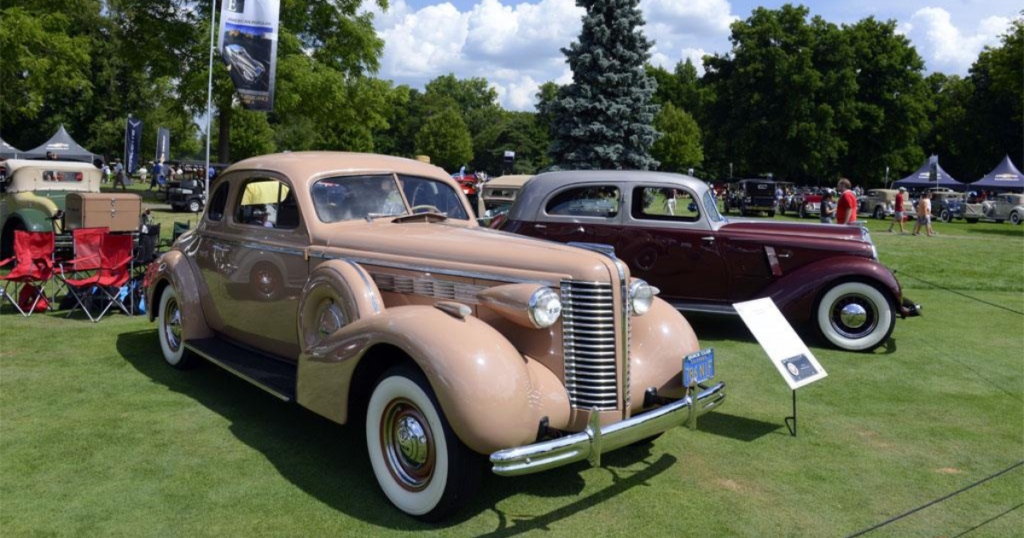
In conclusion, Buick’s recovery and success during the 1930s under Harlow “Red” Curtice’s leadership underscored its resilience and innovation during a challenging economic period. The strategic initiatives undertaken by General Motors, coupled with Buick’s commitment to engineering excellence and performance, positioned the brand as a formidable competitor in the automotive market and set the stage for its continued success in the years to come.

